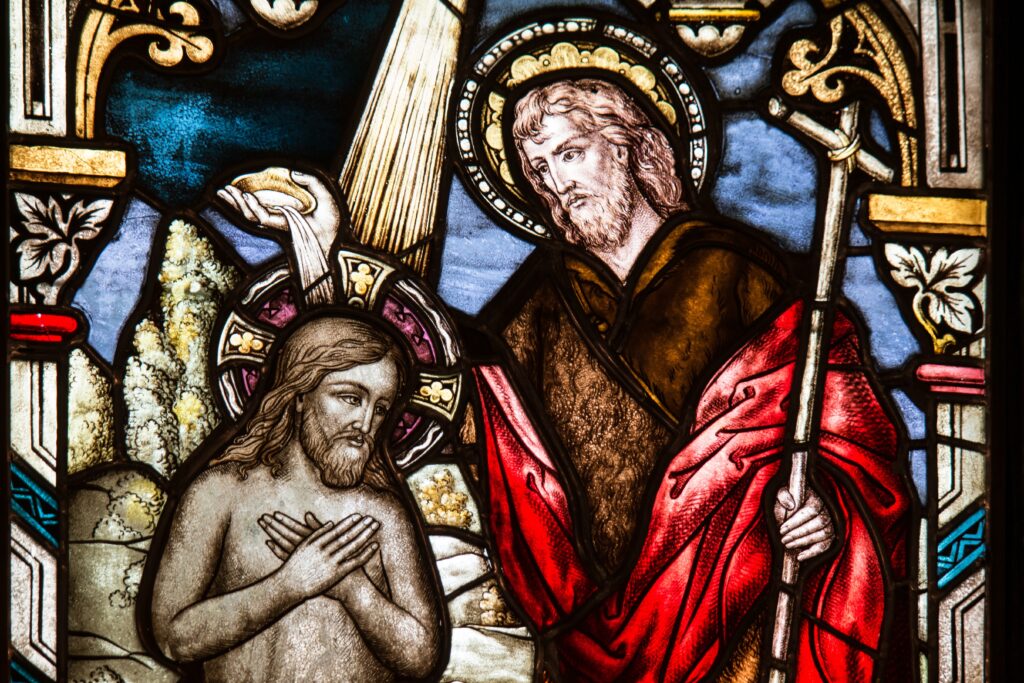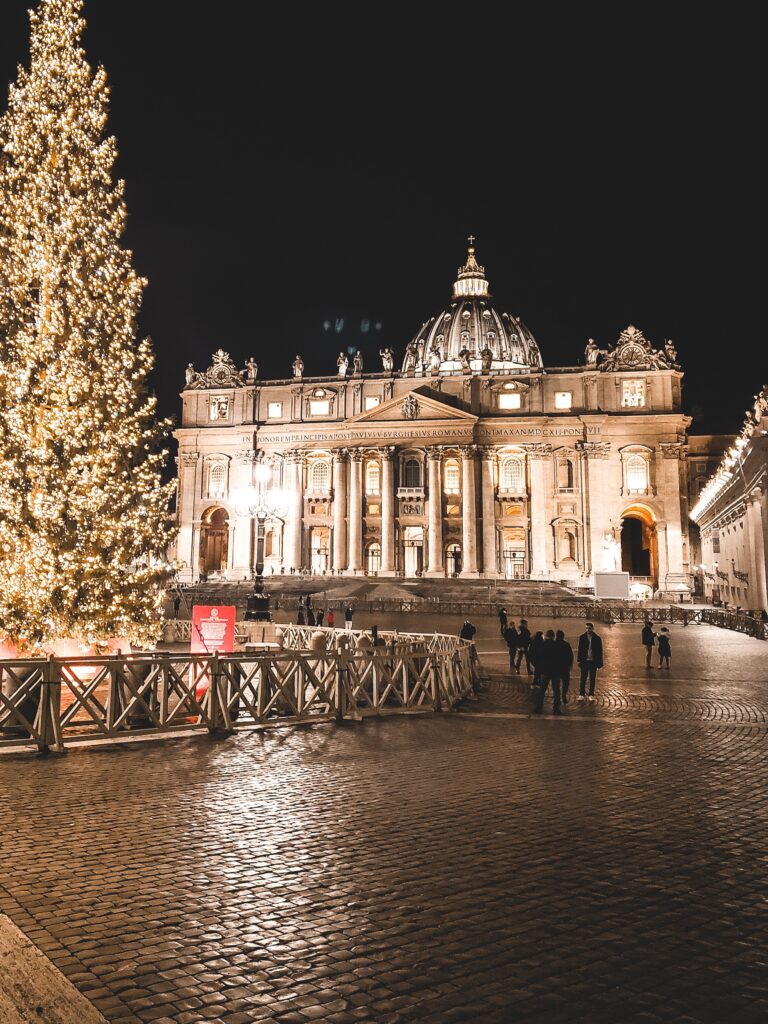The Truth Will Set You Free, Only If You Are Free

Comforting Words
“Then you will know the truth, and the truth will set you free.” (John 8:32) Yes, this statement is very true, indeed. Ironically, though, this only makes sense if one passes the test of knowing the truth with a small “t” and is free with a small “f”.
As one of the most popular biblical phrases in the bible, verse 32 of chapter 8 of John’s Gospel has spawned countless treatises and thousands of tomes. It has also become a favorite catchy slogan and go-to words of solace for those who are unjustly accused of something based on lies. Those words, no doubt, sound so comforting and appealing to anyone. Who does not want truth and freedom? But what does it mean in our daily life?
What Is The Bible About?
A little review on the Bible. Pope Francis gave a fresh appreciation about the holy book when he said during the 54th World Day of Communications on January 24, 2020:
“The Bible is the great love story between God and humanity. At its center stands Jesus, whose own story brings to fulfillment both God’s love for us and our love for God.”
The Holy Father’s message was widely understood as both a warning and a reminder of who we are. And what we are supposed to be as humanity, amidst the onslaught of misinformation and lies in today’s digital age. He says,
“In an age when falsification is increasingly sophisticated, reaching exponential levels (as in deepfake), we need wisdom to be able to welcome and create beautiful, true and good stories. We need courage to reject false and evil stories…need patience and discernment to rediscover stories that help us not to lose the thread amid today’s many troubles…need stories that reveal who we truly are, also in the untold heroism of everyday life.”

My Own Addition To That
Those papal words are very relevant today more than ever. But I would like to add something about the bible which I heard many years ago from one of my theology professors. “The Bible,” he says, “is a written account of the greatest love story between the forever-faithful Father and His fickle-hearted children.” The Old Testament books recount the many ways God manifested his undying love to His people, and their inconsistent response. Their story continued in the physical coming of His Son whose whole being is the ultimate expression of God’s love, as narrated in the New Testament.
The Context
The context of John 8:32 is a scene where Jesus continues to patiently introduce who He is and why He is sent by the Father: to convince them of that Love. His listeners are proud to claim that they are God’s people. And being the sons of Abraham whom they consider as the father of their faith and the leader of the new people of God. Jesus reminds them that they are still enslaved to their old sinful ways. And that they are not willing to be set free in their refusal to listen to His words. Instead, in John 8:37, Jesus tells them, “…you are looking for a way to kill me, because you have no room for my word.”

A Glimpse Into The World Of Christianity In the US
According to the 2020 census of American religion, 70% of Americans identify themselves as Christian. The population of the US at that time was 335,942,003; this means there were 235,159,402 Christians in America. In fact, according to Wikipedia, with approximately 2.4 billion Christian adherents worldwide (out of the total 7.7 billion global population), the United States has the largest Christian population.
The number is staggering. Yet, this may not mean that all of them believe in the same God. Or that they worship one and the same image of God. And, therefore, act and behave accordingly in their day-to-day living.

Different Images Of God
On September 3, 2010, authors Paul Froese and Christopher Bader published a book titled, America’s Four Gods: What We Say About God – & What That Says About Us. This was based on a 2005 survery.
Authoritative God: God is seen like a literal father, loving but is more ready to render very harsh punishment for the misdeeds of children. He is also practical; reminding humanity that because of social and individual sins, people have brought suffering and pain upon themselves. If I do not have a pleasant experience with my human father, it would be very hard to worship God in this image.
Benevolent God: This is an image of God who is all good. He listens to individual prayers and is a great comforter for those who are suffering. He is more ready to forgive than to punish. If my experience with my human father is that of an over-consenting parent, it is easier for me to worship Him in this way. But for those who become victims because the parents did not raise their kids in a proper way, this may not be an attractive image.
Critical God: This is a God who most likely says, “I am not a micromanager. It is up to you how you conduct yourselves on earth. But I have some surprises for you in the next life.” If I want to live a kind of free-wheeling life, I like this. Enjoy life to the fullest and be remorseful when the end is near.
Distant God: Yes, there is an Omnipotent force behind the great laws of nature. But once He has set everything into motion, its day-to-day events continue to run according to its laws. Yes, I believe in God. But He has no concern as to the details of my life in the here and now. I am just a tiny speck in the whole universe. And so, there is really no point in praying for my child battling cancer.
Which One Am I Believing In Or Praying To?
Those four images of God serve as an eye-opener to me personally. And I am sure the same findings would reveal if the same survey is made in any Christian country. What this tells me is that, just like in the days of Jesus, we may all be calling ourselves Christians. But when it comes to the nitty-gritty grind of daily life, our actions and words may not be dictated by the same ethics and values. Is it because, in reality, we may actually be worshipping different images of God? How come we are inside the same physical church together, praying the same words, performing the same rites and rituals, yet when we come out, we are totally different creatures to each other?
For example, if Jesus is the Truth (with capital T), do we also see Him in the truths (with small t) that we casually take for granted? There are many truths (t) that are easily proven with hard facts and data. Some of them come from our mouth and can be proven by those who hear us utter them.

The Catholic Church Took 359 Years!
Yet I wonder how many of them do we dispense every walking hour of the day? Or, how many of the truths do we refuse to acknowledge and accept every day?
Geez, it took 359 years for the Catholic Church itself to issue an official apology to Galileo on October 31, 1992. Galileo Galilei made the discovery that the earth revolved around the sun. The Church was adamant that it was the other way.
Pope John Paul II, as the titled “Most Travelled Pontiff In History”, probably was convinced that poor Galileo was right during the many flights the Holy Father took. He could see it outside the airplane window!
I know. I just want to inject a little humor here. But if the Holy Roman Catholic Church, that claims as the vanguard of the ultimate Truth (T), had spent 359 years before accepting a truth (t) that was so easily proven by a simple technology, we mere mortals can be forgiven for not being able to recognize, acknowledge, and admit small truths in our daily life.
The Story Continues
The Holy Bible is a love story, between a loving God and His People. A God who was introduced by Jesus as a Father. And it is also a story about His people who continued to struggle to fully understand Jesus’ words. But the bible story continues. This time it is our own story. I found out that it is easier to believe that God is a Father. But in what image? The story of my own personal life is about me and the image of God I believe in.
Which One Is The Right Image Of God?
I am not sure if I am not committing blasphemy here for asking that question. But I have a feeling that you who are reading this far have this question in mind. Well, my short answer: It is very personal. And I do not want to sound self-righteous for promoting my own personal belief. But you may ask, How and where do I base my personal belief? Go back to the basics, I would suggest. And find your own and make it very personal.
The Greatest Commandment
Jesus was once asked, “Teacher, which commandment in the law is the greatest?” And He answered, “You shall love the Lord your God with all your heart, and with all your soul, and with all your mind. This is the greatest and first commandment. Love God above all else. And the second is like it: You shall love your neighbor as yourself. On these two commandments hang all the law and the prophets.”
We already understood in these passages that love of God and love of neighbor are two inseparable truths. Fulfilling them as one, to me, maybe is the key to finding the big T (Truth).
And How Does It Really Work In Real Life?

“You shall love the Lord your God with all your heart, and with all your soul, and with all your mind.”
I find this part of the greatest commandment easier. Who really knows what is truly in my heart, in my soul, in my mind? Nobody – except God, of course. Does my neighbor know? No way. All they see is I go to Church regularly, I close my eyes in fervent prayers, I bruised my knees deep in supplication, I give generous donations during the offerings of gifts, and I scatter my huge smile around during the sign of peace. And with that, I get invited to all the gatherings in the community.
“You shall love your neighbor as yourself.”
THIS is the harder part. My neighbor knows me through my words and actions. No matter how much I wear my pretensious mask, or display my wolf grin, sooner or later, people will know the real me. As Abraham Lincoln famously said, “You can fool all the people some of the time and some of the people all the time, but you cannot fool all the people all the time.”

The Truth Will Set Me Free, Only If I Am Free
I truly believe that this statement becomes meaningful to me only if I have the freedom (small “f”) to recognize, distinguish, accept, and uphold the truths (small “t”). That freedom to recognize the truth when I see it. The freedom to distinguish which side is in the truth. That freedom to accept the challenge that it asks of me. And the freedom to uphold and speak the truth, whatever consequences it may entail for me.
The Greatest Temptation
Lastly, the road to Truth and Freedom may be very dangerous. I must be careful with what I wish. When I want to seek the Truth (T), one thing I do is pray. I seek enlightenment. I ask for the grace to see the truths (t), in different aspects of my life, to reach the big T. But I must be ready. I may discover, because of granted prayer, the many untruths and lies still hiding in my mind and heart. And these sometimes come out of my mouth and inflict pain on the victims of these untruths and lies.
Or I may discover that there is a forgiveness I need to dispense to somebody, but I strongly refuse to do all these years. And maybe I discover there is a pending opportunity to seek forgiveness from someone I had hurt of which I am too proud and unwilling to ask for with humility. My other option is to mute the Voice. If I am not free to receive and act on the Message, I better kill the Messenger.
In John 8:37, Jesus tells them, “…you are looking for a way to kill me, because you have no room for my word.”

What do you think of this post? Please share your thoughts by clicking on the underlined Let Me Know Your Thoughts below.



